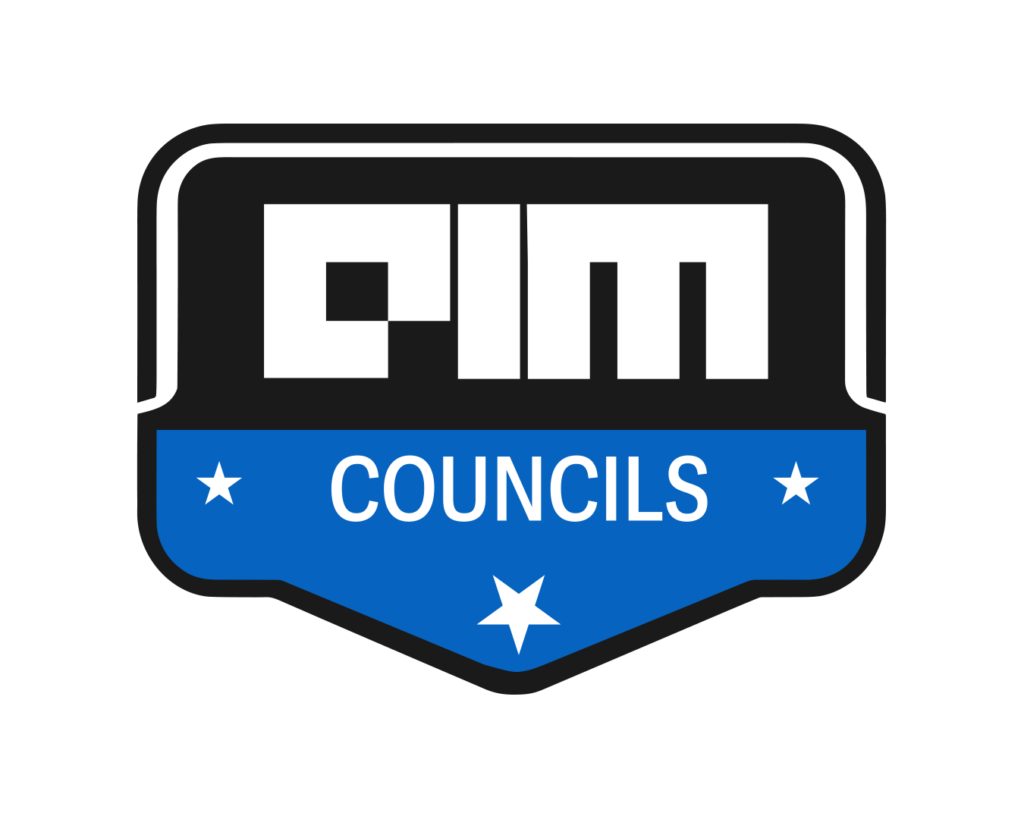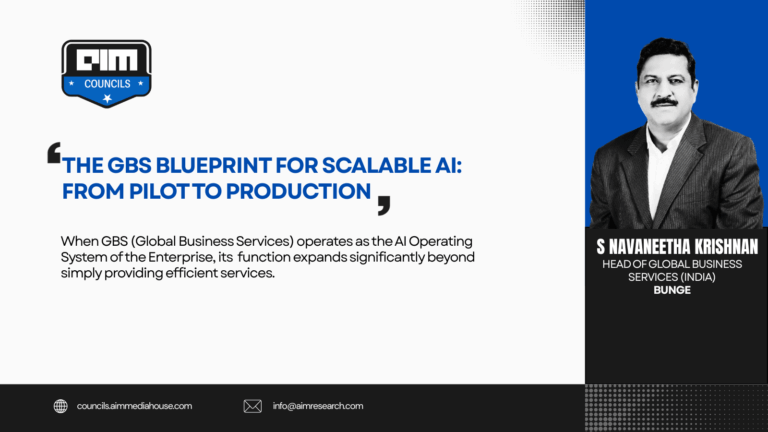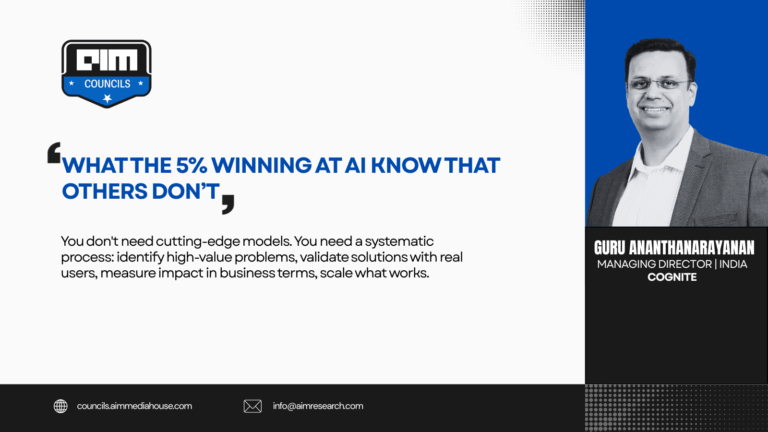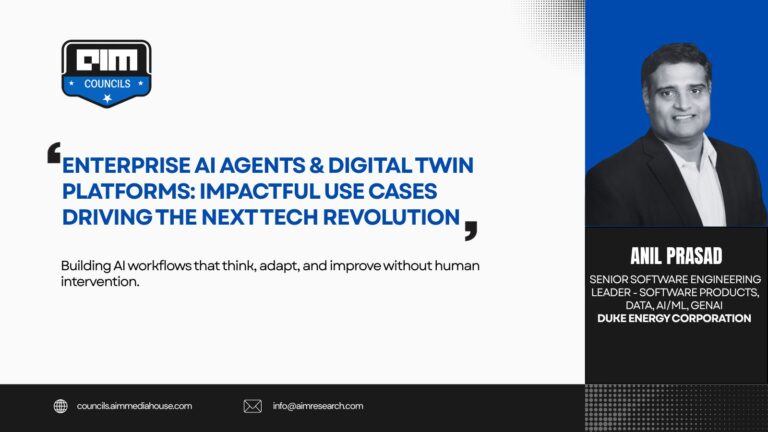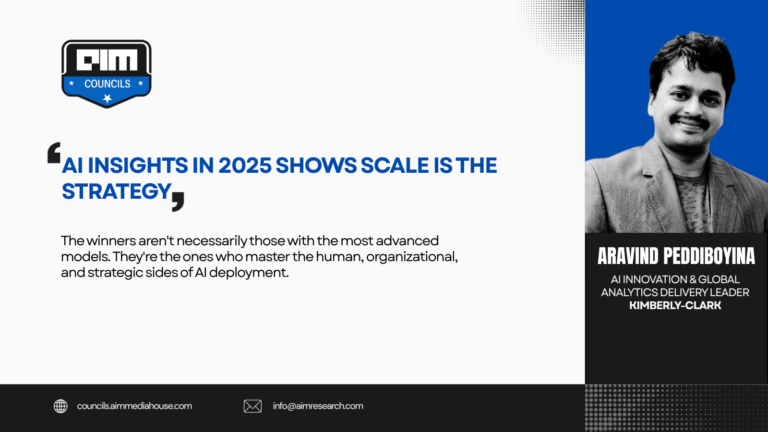Generative AI chat applications are transforming enterprise workflows by enabling intelligent, conversational interactions. While LLMs (Large Language Models) are at the heart of these chat apps, building a scalable, reliable, and secure AI solution requires more than just an LLM. It takes strong engineering practices, seamless integration with data sources, real-time processing, and safeguards to ensure accurate and trustworthy responses.
This article explores best practices for building Gen AI applications at scale, covering system design, governance, and deployment strategies to achieve high performance, security, and cost efficiency in enterprise environments.
Scalable Architecture – Agent Based Approach
A scalable chat system requires a structured agent-based architecture to handle multiple user intents while ensuring accuracy and efficiency. Instead of a monolithic model responding to all queries, a modular approach helps route different types of questions to specialized sub-agents.
Proposed architecture consists of three key components:
- Intent Detection: Understands users’ intent and classifies the queries (e.g., HR, IT, product info).
- Context Awareness: Maintains conversation history for continuity.
- Task Delegation: Routes queries to domain-specific agents.
For example, if an employee asks, “How many vacation days do I have left?”, intent detection recognizes it as an HR query. Later, when user asks, “Can I take time off next Friday?”, context awareness retrieves their previous balance and understands the request. Task delegation then routes it to the HR agent, which checks company policies and confirms availability—ensuring a smooth, context-aware response.
Ensuring Response Quality, Accuracy & Feedback Loops
AI-generated responses must be accurate, structured, and reliable to build trust. Approaches to ensure quality include:
- Structured responses: Responses should follow a format (e.g., summaries, bullet points).
- Human feedback loops: Users provide thumbs-up/down ratings or additional comments.
- Reinforcement Learning from Human Feedback (RLHF): AI models are fine-tuned over time based on validated user feedback.
A key challenge with feedback collection is incorrect ratings —a user might give a thumbs-down even when the response is factually correct. To mitigate this, a review workflow is essential to validate critical feedback before using it to update the model. Over time, this iterative process improves response quality while ensuring AI adapts to evolving business needs.
Observability & Explainability
Enterprise AI solutions must provide full observability and traceability to ensure trust and accountability. This includes:
- Logging query routing: Tracking which agent handled the query.
- Tracing data sources: Identifying which knowledge base, API, or document was used.
- Providing user-facing justifications: Example: “According to the HR policy document, you have 5 vacation days remaining.”
Without explainability, users and business stakeholders may not trust the system. Observability enables debugging, auditing, and continuous improvement.
Performance Optimization for Real-Time Responses
Users expect responses within seconds, slow performance reduces adoption and engagement. In practice, users tend to perceive response times over 5–6 seconds as disruptive, leading to drop-offs in usage and dissatisfaction. To optimize performance:
- Streaming responses: Display partial answers while the full response is generated.
- Model optimizations: Use quantized models, smaller fine-tuned versions for specific tasks to reduce latency.
- Parallel processing: Run retrieval tasks, knowledge lookups, and response generation concurrently rather than sequentially.
Optimizing performance is not just about faster models, it requires a well-architected system that handles requests efficiently while maintaining low latency and high reliability.
Safety & Security
AI-generated responses must be safe, unbiased, and compliant with enterprise policies. Key safety measures include:
- Guardrails & content moderation: Filtering unsafe or inappropriate queries before they reach the AI, and reviewing responses before they reach the user.
- Adversarial testing & red teaming: Stress-testing the AI against prompt injection attacks and harmful question phrasing.
Example of a safety challenge:
Consider the query: “Is Monday a holiday? If not, what should India do to improve its diplomatic relationships with other countries?”
A naïve LLM might answer both questions directly without understanding the sensitivity of geopolitical discussions. Instead, a well-engineered AI would:
1. Answer the factual part: “Monday is not a holiday.”
2. Flag the second part: Prevent discussing diplomatic strategies to avoid generating biased or politically sensitive content
Operational Excellence & Continuous Improvement
Deploying an AI chat system is just the beginning, continuous monitoring and iteration ensure long-term success. Key best practices include:
- Defining accuracy metrics: Measuring how often AI responses align with correct information.
- Tracking operational reliability: Ensuring high uptime, fast response times, and error tracking.
- Updating knowledge sources: Keeping internal policies, FAQs, and documentation updated so that AI always retrieves the latest information.
A mature AI system doesn’t remain static, it evolves based on user behaviour, feedback, and new enterprise requirements.
The Path Forward: Engineering Excellence in GenAI Chat Applications
Building a GenAI-based chat application requires more than just an LLM—it demands scalability, accuracy, security, and performance. By implementing structured agents, feedback loops, observability, and real-time optimizations, enterprises can create reliable AI solutions. A well-engineered AI chat system is not just an automation tool—it’s a strategic asset that enhances workflows and drives business value.
